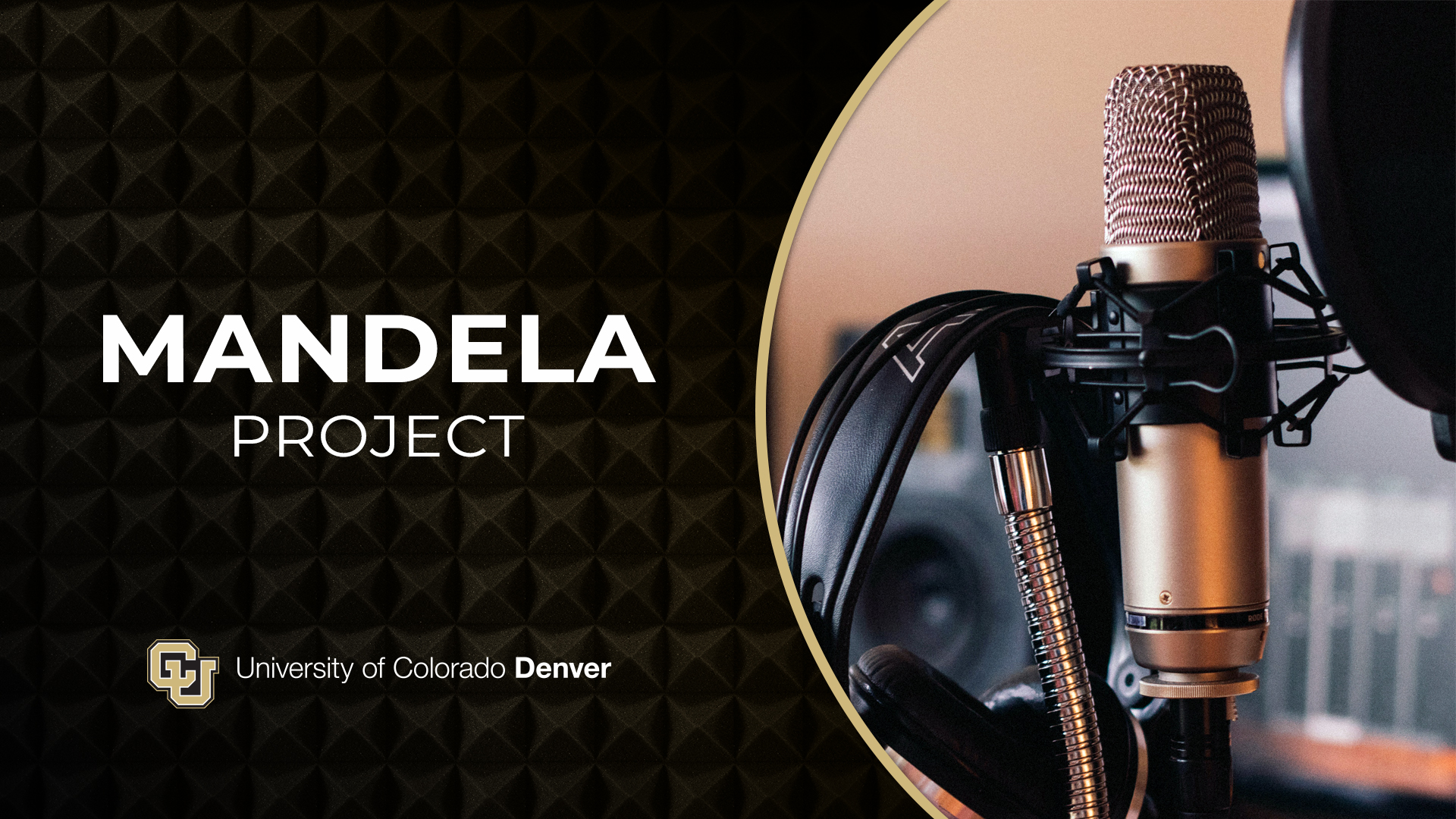Colors; they can be a powerful tool—some more than others. According to public opinion surveys in the United States, this color is one of the least favorite and is often associated with unappealing substances. Let’s face it; this particular color often gets a bad rap. On today’s episode, we’ll reveal this mystery color and why it gets a bad rap that it doesn’t deserve. So, let’s shed some light on this color and discuss why it deserves more credit.
You’re listening to Hue Know. I’m Daniel Twieg.
A cousin of mine chose this color as her favorite because she didn’t want it to feel lonely. It might be an unpopular color, but it appears everywhere in our world. As this former corporate slogan once asked, “What can BROWN do for you?”
Poop, manure, sh*t, crap, fecal matter—these are just a few of the words people think of when they think of the word brown.
Now, let’s change our perspective. When brown is combined with certain materials, the color can radiate high quality, evoke elegance, or make something look priceless. For example, a hand-made brown leather briefcase, an elegant, handcrafted solid wood mahogany desk, or a late 17th-century olivewood veneered clock.
It’s interesting—brown, by itself, is just a color—but when you include the senses of smell and touch—that’s when we make a stronger association with the color. Some of these less-than-favorable associations keep us from seeing the positive attributes of brown—a well-cooked Thanksgiving turkey, coffee, chocolate, and warm spices like cinnamon and nutmeg.
Psychologically, brown is associated with strength and solidarity, comfort and earthiness, maturity, and reliability. In fact, in 1916, Charlie Soderstrom, one of UPS’s founders, selected brown for their uniforms and delivery vehicles. He chose a brown hue similar to the color used on Pullman rail cars because the color reflected class, elegance, and professionalism. Similarly, the luxury fashion label Louis Vuitton utilizes brown in their products to convey fine craftsmanship and sophistication.
In nature, brown is widely seen—in soil, wood, and in the coloring of animals’ and humans’ fur, hair, skin, and eyes. Because it is commonplace in natural environments, the human eye generally perceives brown as a neutral color. With animals, a type of camouflage called “concealing coloration” is one of the most basic ways animals camouflage themselves. They’re able to blend into their environment simply by matching the color of their surroundings—providing concealment from prey and protection from predators. The brown coat of a deer provides excellent camouflage in the woodlands. By merely standing still, a deer can go undetected by a passing predator. Turnabout is fair play because predators use this as well as a hunting technique. The brown feathers and unique patterns on a Horned Owl’s wings allow it to seamlessly blend in with the bark on a tree, masking both its identity and location to its smaller prey on the ground below. Their camouflaging technique works so well that even humans can easily miss them.
Brown is a complex color that surrounds us in environments natural and man-made. Within our society, there are over 20 different shades of brown, which makes it a powerful tool as it can influence our mood, eating, and buying habits and can determine how we perceive things. It’s also a key ingredient for animals in camouflaging themselves for their survival. All things considered, brown is a very versatile color, and although it might be an unpopular color in certain parts of our society, it’s a natural color that exists everywhere.
Hue Know is produced out of Roloc Studios. New episodes are released each week. You can find past episodes on our website, hueknow.com, that’s H, U, E, K, N, O, W .com, and be sure to subscribe to the podcast on your favorite podcast platform. On next week’s episode, we’ll explore how different types of light can affect the value and intensity of color. Thanks for listening!
Details
Type: Podcast
Responsibilities: Voice-overs, Script Writing, Audio Production
Tools Used: Adobe Audition, Shure SM7B Vocal Microphone, Focusrite Scarlett 2i2 USB Audio Interface, Cloudlifter CL-1 Mic Activator, Google Docs, Voiceover Recording, Writing Voiceover Scripts
The purpose of this podcast was to discuss something typically visual—a color. A technique popular during the golden age of radio, called “theatre of the mind,” uses audio to paint a picture in the listener’s mind.
The goal was to create this to sound like a podcast episode from a professional sound studio.

